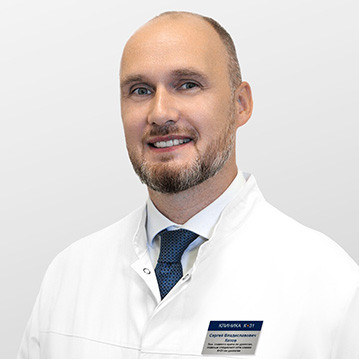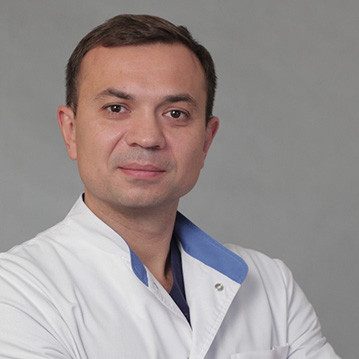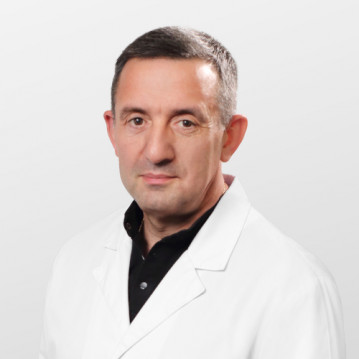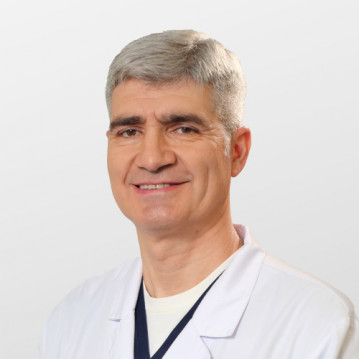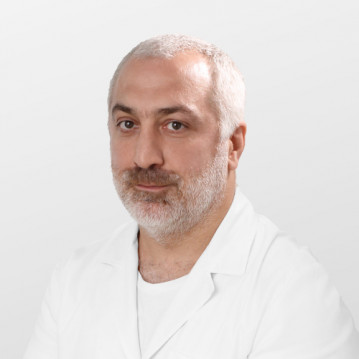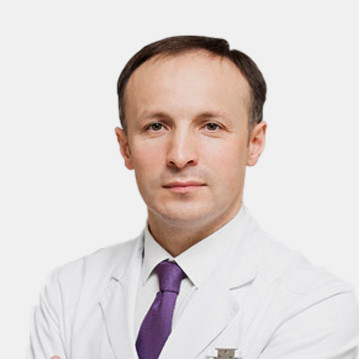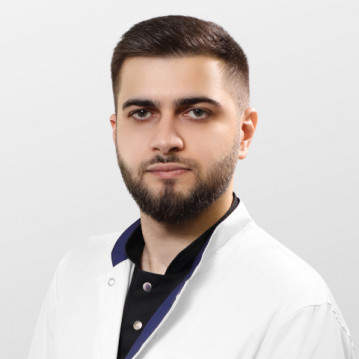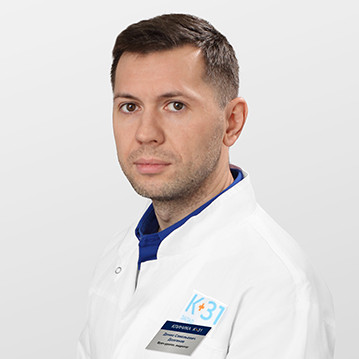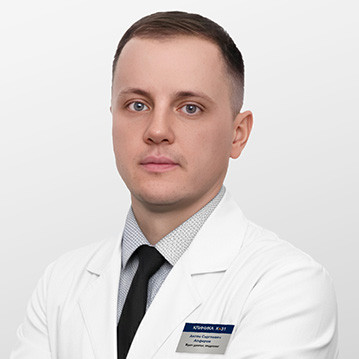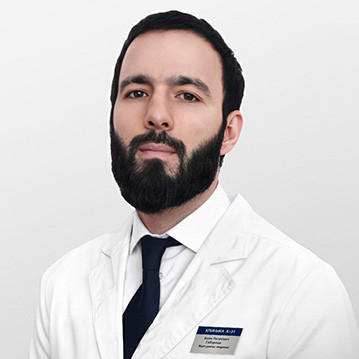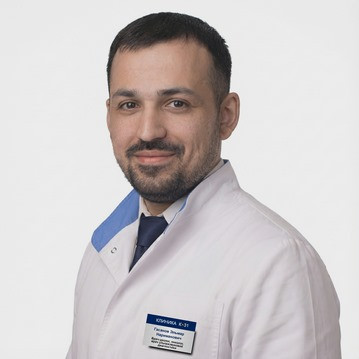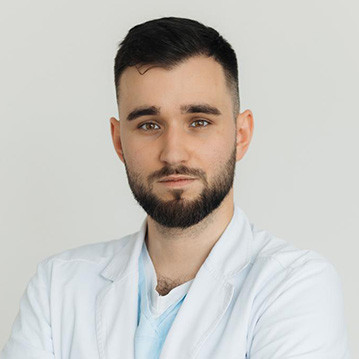Are there pain and burning in the lower abdomen and discomfort when urinating? It is possible that paraurethral cyst. In Moscow, you can get the diagnosis and treatment of this pathology at the K + 31 multidisciplinary clinic. Make an appointment with a urologist for a consultation by phone or online on our website.
A paraurethral cyst is a pathological formation localized near the external opening of the urethra canal or in the urethra itself. It is a connective tissue capsule, inside which there is a certain amount of secretory fluid.
Etiology and classification
A cyst appears when obturation (blockage) of the mouths of the paraurethral glands, in which fluid is produced for mucosal hydration. The secret cannot come out and accumulates, as a result of which an abnormal formation is formed. spherical shape and soft-elastic consistency with a diameter of 2 to 4 cm.
Etiological factors:
- a history of severe labor (difficulty passing the fetus through the birth canal, dissection of the perineum);
- frequent illnesses (including influenza and other acute respiratory viral infections) against the background of a decrease in general immunity;
- local inflammation (acute or chronic);
- secondary immunodeficiency states (including HIV infection);
- type I and II diabetes;
- local injuries of various origins (including postcoital);
- Sexually transmitted infections (trichomoniasis, syphilis, chlamydia and gonorrhea).
Blockage of the ducts of the glands can develop against the background of an insufficiently high level of hygiene of the external genital organs or, on the contrary, be a consequence of the use of certain means for intimate hygiene.
Please note: Most often, a urethral cyst is detected in women 20-50 years old.
The factors that predispose to glandular dysfunction are gestation, childbirth, and the onset of menopause.
A urethral cyst can be congenital (which is extremely rare) or acquired.
It is customary to distinguish between the following types of pathological formations:
- skin;
- Gartner's tract cysts
Skin formations are a sac filled with a translucent secretory fluid. They are formed with obstruction of the ducts of small glands located near the opening of the urethra. This type of paraurethral cyst diagnosed in both men and women.
Cysts of the Gartner passage are formed due to anomalies in the structure of the ducts and their fusion with the wall of the vagina. Secret does not find a way out and accumulates. A blood cyst in the urethra never forms. Hemorrhagic tumor-like formations in women can be detected in the ovaries.
Please note: Congenital formations must be differentiated from a presacral (pararectal) cyst - an abnormal structure localized in the cellular space near the rectum.
There are two stages in the development of pathology. At the first growth of formation is not observed, but the cyst is infected. Patient the first symptoms of dysfunction of the urogenital system appear (frequent urge and pain when emptying the bladder, pathological discharge from the urethra).
The second stage is characterized by an increase in the cyst, chronic inflammation of nearby tissues, and the appearance of pain syndrome during sexual contact and during the act of urination.
Clinical signs
An asymptomatic course is characteristic of the early stages of the development of the disease. Nonspecific symptoms develop as the cyst grows and inflammation joins (paraurethritis in women and men).
The main manifestations of the disease:
- discomfort above the pubis or in the perineum (when walking and sitting);
- presence of a tumor (palpable near the opening of the urethra);
- dysuria (urinary retention or incontinence, weak stream) with swelling of the mucous membrane of the canal;
- stinging when urinating;
- dyspareunia (pain during intercourse);
- local feeling of heaviness, foreign body or fullness;
- micro or macrohematuria (presence of blood in the urine).
Against the background of infectious and inflammatory complications, patients develop a pathological discharge (mucosal or purulent) from the urethra.
Please note: Some patients ask if the bladder can burst as a result of a cyst ureter. Such a complication of the disease is never observed. Violations of the integrity of the walls of the body is possible with acute or blunt trauma.
